Addiction is a chronic, but treatable neuropsychological disorder defined by the intense urge to engage in certain behaviors. Over time, repetitive use of drugs and alcohol can alter brain function in ways that increase cravings and weaken self-control. These changes take place over time and can lead to unhealthy thought and behavior patterns, including the persistent impulse to use drugs and alcohol, despite substantial harm and other negative consequences.
Just as it takes time to develop an addiction, it takes time to address these complex issues and create new habits and thoughts that support recovery. While there are many types of drug and alcohol treatment available, research suggests that there are significant benefits to long-term drug rehab. The National Institute on Drug Abuse (NIDA), reports that treatment that is more than 90 days is linked to more positive outcomes than shorter treatment in many cases.
In fact, during a NIDA-sponsored study, researchers tracked long-term rehab users for five years after they completed drug rehab. Amongst users who had completed six months or more of addiction treatment, cocaine use decreased by 83%, problem alcohol use decreased by 90%, and suicidal thoughts or attempts decreased by 96%. In turn, full-time employment had increased by 46%.
According to the American Society of Addiction Medicine, addiction involves connections between brain circuits, genetics, the environment, and a person’s life experiences. A history of trauma or co-occurring mental health conditions can also impact a person’s experience of addiction. Long-term rehab provides a safe place for people to focus on healing all aspects of their addiction through a variety of therapies. With time and space away from their environment, they can make long-lasting lifestyle changes.
Nearby Inpatient Rehab Centers
Loading visitor information…
What is Long-term Drug Rehab?
Long-term residential rehab refers to addiction treatment facilities where patients live on-site and receive 24-hour therapeutic and medical support. Whereas some inpatient rehab programs are housed within a hospital, long-term drug treatment programs usually have their own facility that’s dedicated to alcohol or drug rehab.
A typical long-term inpatient residential treatment program is 3-12 months, though some rehab centers offer programs that are even longer. Long-term drug rehab can also refer to outpatient treatment programs, as well as Intensive Outpatient Programs (IOPs), where the patient continues to receive treatment over the course of several months or years.
How Long-term Drug Rehab Works
In most long-term addiction treatment programs, the patient begins with medically supervised drug or alcohol detox, which can take up to ten days. During this time, the patient may experience withdrawal symptoms as the body rids itself of drugs and alcohol.
Common withdrawal symptoms can include vomiting, fever, body aches, shaking, high blood pressure, and seizures. In some cases, these withdrawal symptoms can be life-threatening. Depending on the substances abused and the severity of the withdrawal symptoms, the detoxification process may include medication-assisted treatment, where a physician prescribes medications to help ease the withdrawal process. In addition to over-the-counter drugs such as Tylenol and Aspirin, medications are available to help treat withdrawal symptoms from alcohol, benzodiazepines, nicotine, opioids, barbiturates, and other sedatives.
Once detoxification is complete, patients will begin a long-term treatment plan, which generally includes a variety of different addiction treatment therapies. Common therapies for drug and alcohol addiction include:
- Individual therapy
- Couples and family therapy
- Group therapy
- Holistic therapies (including, meditation, yoga and mindfulness)
- Experiential therapies (including art therapy, adventure and wilderness therapy, and equine therapy)
- Relapse prevention
- Somatic and neuroscientific therapies (including EMDR and sensorimotor psychotherapy, which are used to address trauma)
- 12-step programs
In addition to providing inpatient rehab, many long-term addiction treatment facilities offer outpatient rehab for those who’ve completed their inpatient treatment but still need the structure that outpatient care provides.
Since long-term rehab typically takes 3-12 months, this provides individuals with the opportunity to go through detox, bond with therapists and staff, meet and form connections with residents, and process what they’re learned in therapy.
What Can I Expect in Long-term Rehab?
While there’s a variety of different treatment models that are used in long-term rehabs, one of the most popular is the therapeutic community (TC) model. Therapeutic communities are designed to facilitate entire lifestyle changes so that individuals can go on to lead a full, productive substance-free life after treatment.
Within TCs, addiction is viewed in the context of an individual’s social and psychological deficits. Therefore, treatment is focused on developing personal accountability and responsibility. The treatment process is extremely structured and can be confrontational at times, with therapeutic exercises which are designed to help residents examine damaging beliefs, self-concepts, and destructive patterns of behavior. The goal of these activities is to help residents develop new coping mechanisms and positive ways of interacting with others.
The patient will begin the long-term rehab process with minimal freedom and an extremely structured daily schedule. However, as they move through the treatment program, they’ll gradually gain more privileges, which may include visits from friends, family, and communication with the outside world. In some cases, the resident may be granted permission to leave the rehab center to attend 12-step meetings or other activities that support their recovery.
In addition to addiction treatment, the TC model often offers psychosocial education, which includes job training and other skills, which is designed to help people in recovery reintegrate as productive members of society after they complete treatment. As a result, the National Institute on Drug Abuse (NIDA) reports that the therapeutic community model of addiction treatment can be effective for patients with co-occurring psychiatric disorders, and other special needs, including adolescents, women, homeless individuals, and individuals who’ve had interactions with the criminal justice system.
The Benefits of Long-term Addiction Treatment Centers
As mentioned above, addiction doesn’t happen overnight. Instead, many people develop a substance abuse disorder over many months or years. Therefore, it makes sense that it would take an extended period of time to treat the physical symptoms, along with the underlying social and psychological causes of addiction.
Long-term residential treatment centers provide patients with more time to integrate and digest what they’ve learned in treatment, which is often correlated with long-term, sustained recovery. In fact, according to NIDA, research has shown that inpatient and outpatient rehab programs that are under 90 days are less effective than long-term rehab in maintaining positive outcomes.
That said, it’s also important to understand that success can be defined in a wider sense (not just total abstinence). The Office of National Drug Control Policy, for example, states that someone getting effective addiction treatment should demonstrate some of the following characteristics:
- Less and less frequent substance use, and longer periods of time between relapses.
- Better personal relationships with loved ones such as family members and friends.
- Better job situation (or education situation, including enrollment and attendance).
- Better physical health, as measured by fewer visits to medical institutions.
- Better mental health, as measured by improved mood and behavior.
Therefore, total abstinence isn’t the only measure of success when it comes to addiction treatment. A treatment program is still considered to be effective if it results in these kinds of changes.
Who is Long-Term Rehab Best For?
Drug and alcohol rehab is not one-size-fits-all. Different kinds of addiction treatment programs will be effective for different people.
Long-term inpatient treatment tends to be a good option for people who have struggled with addiction for extended periods of time and have not been able to maintain sobriety after previous treatment programs. Since post-traumatic stress syndrome (PTSD) is one of the most common root causes of drug and alcohol addiction, long-term rehab provides more time and space for individuals to address trauma and integrate what they’ve learned in addiction treatment therapy, so they can apply it to life post-treatment.
Long-term rehab can also be particularly beneficial to people who are addicted to opioids. According to the American Society of Addiction Medicine, long-term treatment is often required to overcome addiction to opioids because those who attend shorter addiction treatment programs have higher rates of relapse. Additionally, NIDA states that 12 months is the minimum amount of time required for methadone maintenance. In fact, many individuals continue to benefit from methadone maintenance for many years.
Additionally, long-term rehab programs can also be helpful for people with a dual diagnosis that includes mental or behavioral health conditions such as bipolar disorder, depression, bulimia, and anorexia. Since long-term rehab often provides trauma-focused therapies alongside psychosocial education, it can be beneficial to populations with special needs, such as those who have experienced homelessness, incarceration, LGBTQI+ individuals, and women. For example, one comparative study found that women who spent more than 6 months in treatment had higher rates of abstinence than those who participated in shorter rehab programs.
How do I Pay for Long-Term Drug Rehab?
Under the Affordable Care Act in the United States, substance abuse treatment must be covered under ACA insurance plans. ACA plans also can’t disqualify you for having a pre-existing substance use disorder or cap spending on addiction treatment. Many private medical insurance providers also offer addiction treatment coverage to varying degrees.
Other ways to pay for treatment include the following:
- Medicare and Medicaid: Those who qualify can get inpatient rehab covered, depending on the facility.
- Financial aid and/or sliding scale payments: Some long-term drug rehab centers offer a sliding scale according to income.
- Grants and subsidies: Some types of treatment are covered for certain populations. The Substance Abuse & Mental Health Services Association (SAMHSA) provides grants for drug addiction treatment and more. Additionally, tax credits and subsidized addiction treatment may be available, depending on the state.
- Other health insurance: Veterans Affairs (VA) Health Care and other workplace health insurance plans may provide some coverage for long-term rehab.
When researching which rehab options, consult your insurance provider to find out what kind of coverage is available.
What if Long-term Rehab Does Not Work For Me?
While long-term rehab has shown to be effective in treating substance abuse disorders, not everyone has the personal or financial resources that allow them to spend 3-12 months away from home, school, or work.
However, even if someone is ready and available to enter long-term rehab, there’s no guarantee that they’ll be able to find space in the program of their choice. For people suffering from a substance use disorder, the most important thing is to get the help they need. In other words, the most effective treatment is the one you commit to.
If long-term drug rehab isn’t a good fit, there are several other effective substance abuse treatment options to consider.
- Short-term inpatient programs: These residential treatment programs provide many of the same benefits as long-term drug rehab without the extended time commitment. Patients live on-site and receive around-the-clock medical supervision, either in a hospital setting or a standalone rehab center. Treatment typically lasts between 28-90 days.
- Intensive outpatient programs (IOPs): Designed for people who don’t require around-the-clock medical supervision, IOPs provide individuals with many of the same therapies as an inpatient program, while also allowing patients to live at home. IOPs are often combined with inpatient rehab programs, to help people make the transition back to their communities and families.
- Outpatient treatment programs: This form of drug and alcohol rehab allows patients to live at home or in a sober living house, while still working or going to school. During this type of treatment, patients commonly visit a rehab center, hospital, clinic or mental health services provider on a regular basis, during specific hours on a daily or weekly basis. To provide flexibility, outpatient rehab programs often offer evening and weekend hours.
- 12-step programs: These support groups are mutual aid programs that support recovery from substance addictions, behavioral addictions, and compulsions. They include Alcoholics Anonymous (AA) and Narcotics Anonymous (NA). Since they’re internationally available and free of charge, entering into a 12-step program can be a valuable first step to overcoming the addiction because they provide peer support and accountability for overcoming addiction.
What Happens After Long-term Alcohol or Drug Rehab?
Once long-term rehab is complete, it is essential to have a plan for effective aftercare. Treatment providers can help patients stay accountable and motivated to stay sober once they have returned to everyday life.
A “steps down” approach is typically recommended following a long-term residential addiction treatment program. This may include continuing treatment at an intensive outpatient program, alongside 12-step support groups and continued therapy.
Recovery is a lifelong process, and long-term drug rehab can provide you with a solid basis for a healthy, productive future. Regardless of what kind of treatment you choose, know that you’re not alone and that help is widely available. If you or someone you love needs help finding the right rehab center for you, contact us. We’re here to help.
Addiction Centers That Offer Inpatient
| Name / Address / Rating | Description | Treatments / Payments / Programs | Review / Contact | Images | |
|---|---|---|---|---|---|
Avenues Recovery Center at DublinAd This is an ad and Avenues Recovery Center at Dublin is a paid advertiser. Paid advertisers may be listed first in search results. This ad may contain content provided by the advertiser. Rehab.com does not verify ad content or any reviews that are displayed. Learn More 3 Pierce Road
Dublin, NH 03444
| Avenues Recovery Center at Dublin is a residential facility offering drug and alcohol detox and inpatient rehabilitation services. Set on 11 expansive acres of scenic New Hampshire countryside, Avenues at Dublin offers a rustic and relaxed environment where clients can immerse themselves in their recovery – and emerge stronger, healthier, and hap | Treatments Programs Payment Options | View Website (603) 317-5600 | Very good program I went there for 30 days and the staff counselors and everyone there was super supportive and awesome would highly recommend going here for treatment
John Osgood
2 months ago
I just finished my detox at Avenues in Dublin NH and now I am headed to Bucks Avenues for the PHP program. My experience here has been nothing but amazing, the facility is beautiful and peaceful. The staff has been so supportive, they truly care about your well being and want you to succeed and have a brighter future. I have learned so much about myself and my addiction that it has changed my life. For those struggling with addiction I highly recommend coming here, you will not regret it. You are worth it, life is so much better. I am truly grateful I made the decision to come here. Give yourself a chance at a better life!!!!
Linda Magner
2 months ago
Dublin avenues changed my life! Even on my worst days, they helped me find self love and inner peace! Helped me quiet my demons! I highly recommend for anyone seeking treatment to contact them! I would keep going there again and again if my life depended on it! Thank you Dublin staff for everything and never giving up on me
Zachary Wilmott
2 months ago
| 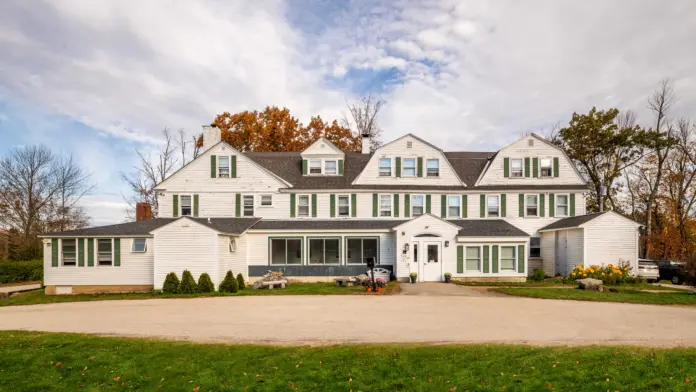
7 7 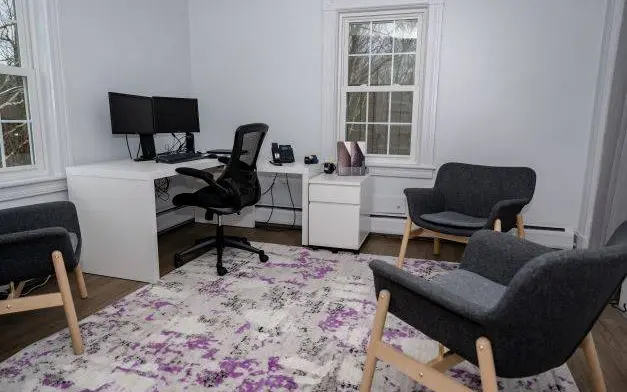



|
Sandstone Care RestonAd This is an ad and Sandstone Care Reston is a paid advertiser. Paid advertisers may be listed first in search results. This ad may contain content provided by the advertiser. Rehab.com does not verify ad content or any reviews that are displayed. Learn More 11415 Isaac Newton Square S
Reston, VA 20190
| Sandstone Care Reston in Reston, Virginia, is a drug rehab and treatment facility that works with teens, young adults and their families. They provide outpatient care if you’re struggling with a substance use disorder. They also offer a four week partial hospitalization program (PHP) and a 12 week intensive outpatient program (IOP). You’ll work wit | Treatments Programs Payment Options | View Website (888) 491-9937 | As a professional who regularly refers clients to Sandstone in Virginia, I can confidently say their communication is top-notch and the quality of care they provide is exceptional. Truly a trusted partner in client care.
Jakob Stone
3 months ago
Getting help for your substance use is very personal and personalized. Everybody is gonna have different experiences. While asking for help and following through is not easy or necessarily fun, the team you work with is going to help you a lot. Sandstone helped me with the building blocks I needed to be alive today. Find the therapist and ppl who genuinely care and are serious. Addiction is not your fault but indeed your responsibility.
ana r-c
5 months ago
Thoughtful and accessible care, really helped me learn and grow.
James M
8 months ago
| 
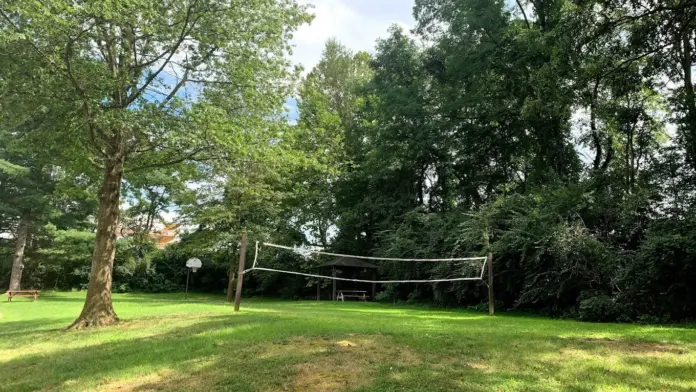
|
Avenues Recovery Center at Fort WayneAd This is an ad and Avenues Recovery Center at Fort Wayne is a paid advertiser. Paid advertisers may be listed first in search results. This ad may contain content provided by the advertiser. Rehab.com does not verify ad content or any reviews that are displayed. Learn More 2626 Fairfield Avenue
Fort Wayne, IN 46807
| Situated in Fort Wayne, Indiana, Avenues Recovery Center is a modern, hotel-like addiction treatment facility. They offer a full continuum of care from inpatient detox, residential, medication-assisted treatment (MAT), outpatient and aftercare programs. They have a 95% long-term sobriety success rate. Avenues Recovery Center at Fort Wayne is a 10 | Treatments Programs Payment Options | View Website (260) 235-5900 | Avenues helped save my life they were so personable and helpful and made sure I had somewhere safe to go when I left there and the Avenues alumni is absolutely amazing I would recommend to anybody who is struggling with their addiction who is seeking help this is a wonderful place
Reagan Schorey
1 month ago
Avenues helped me out so much the staff were helpful and my therapist Ms. Linda was awesome. If you need a rehab come here.
Hannah Fairley
1 month ago
Avenues has a great place for me and my recovery. The staff is excellent and the food is good. The whole atmosphere is good for some one trying to get clean. I also would like to thank Lee, Travis, Kelsey, Nick, and the whole nursing staff!
Roger Krontz
1 month ago
| 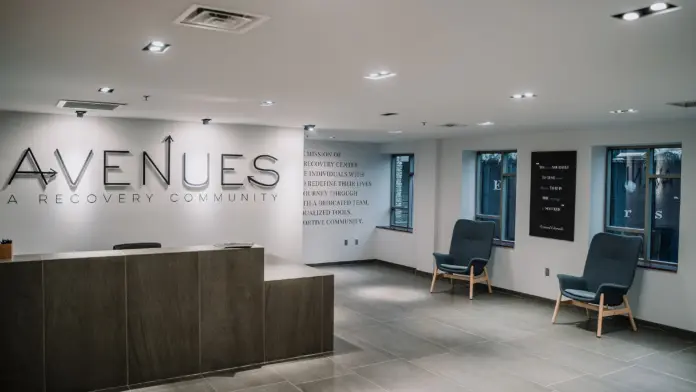
6 6 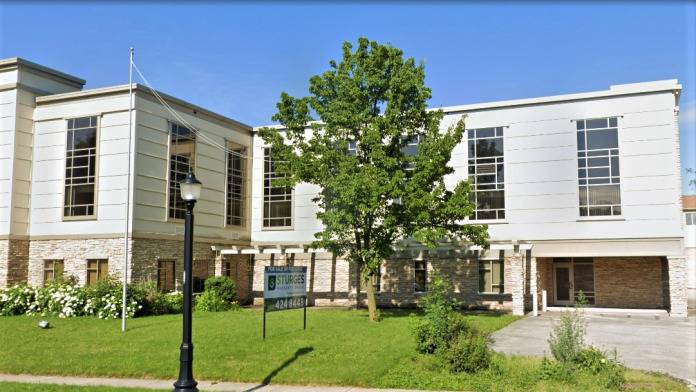
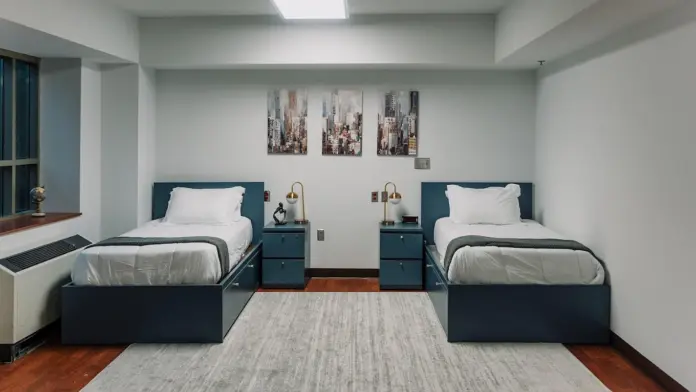
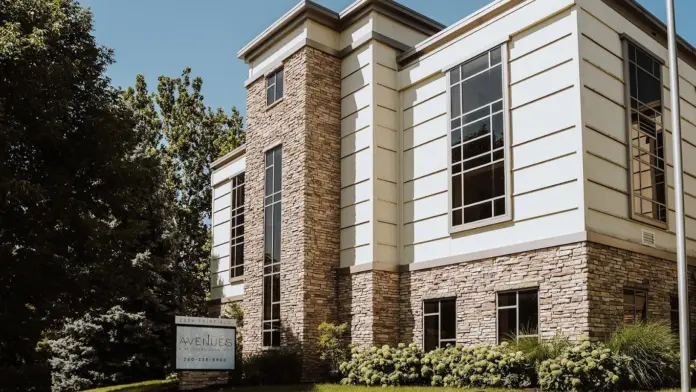
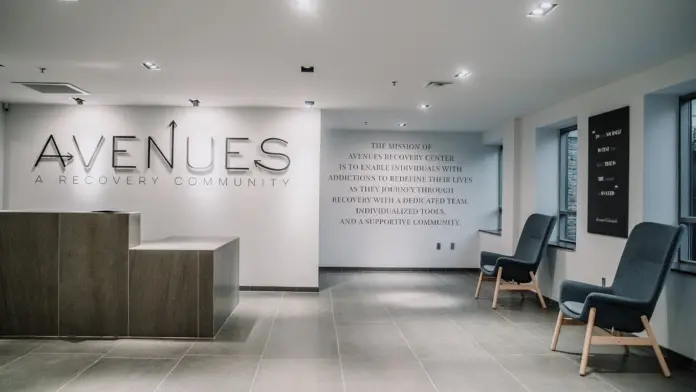
|
Boca Recovery Center – BloomingtonAd This is an ad and Boca Recovery Center – Bloomington is a paid advertiser. Paid advertisers may be listed first in search results. This ad may contain content provided by the advertiser. Rehab.com does not verify ad content or any reviews that are displayed. Learn More 2306 W 3rd St
Bloomington, IN 47404
| The Boca Recovery Center is a luxury alcohol and drug rehab center for adults in Bloomington, Indiana. They specialize in cutting edge addiction treatment provided in a residential setting. The Boca Recovery Center is a luxury alcohol and drug rehab center for adults in Bloomington, Indiana. They specialize in cutting edge addiction treatment provi | Treatments Programs Payment Options | View Website (930) 200-3145 | Boca Recovery was my saving grace. I was given the ultimatum that if couldn’t get clean from alcohol and marijuana, then I would be removed from my children’s lives and have no chance of getting custody back. As an addict I just didn’t see me able to do this alone. I Google searched top rehabs in Oklahoma, and came across Boca Recovery. When I spoke to a recruiter they informed me that the facility was not in Oklahoma, but he told me not to panic. If I was ready, then all I had to worry about was making sure I was going to board on my scheduled flight. It seemed too good to be true, but sure enough they delivered and made sure I made it there safely. As soon as I stepped foot into the facility the staff treated me with the best care. Not only that, but the facility was very well maintained. You’re seen by a nurse the first day, and they set you up with everything you’ll need for the detox process. All therapist and case managers work together to build the best treatment plan that suits the patient/client. Not to mention the food they provide is amazing! Thanks to Boca recovery I have passed every UA since I’ve been out, and am able to be involved in my children’s lives again. Before arriving to Boca I didn’t see any of this being possible. Highly recommend to anyone struggling with addiction!
Mayra Vasquez
1 month ago
BOCA saved my life. It offered me safety, stability, and daily expectations that I needed desperately. From the first day of entering the program the techs were welcoming, understanding, and supportive which eased my anxiety and allowed me to relax. The clinical staff I worked with is amazing and they helped me begin to understand why I needed to be there and pushed me to see that I also deserved happiness and peace of mind. The community that was created during my stay is one that is with me for life. Lifelong friendships have been created and we stay in touch to this day which has been critical for my sense of belonging. Thank you to BOCA in the city of Bloomington, Indiana; you are the starting point to my path of recovery.
81 days and counting.
Aimee
1 month ago
Very understanding and helpful staff. Actually care about you and your recovery. Highly recommend.
Steve T-Videos
2 months ago
| 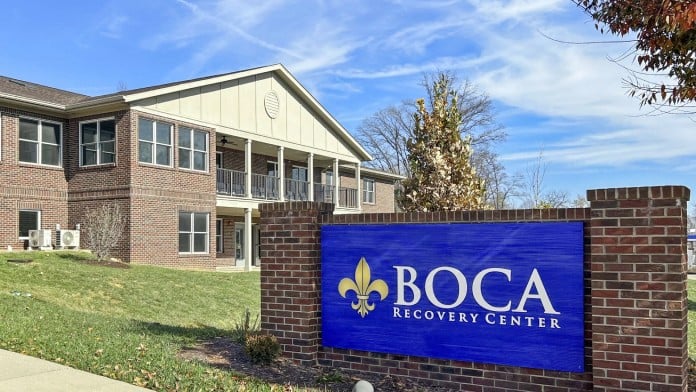
7 7 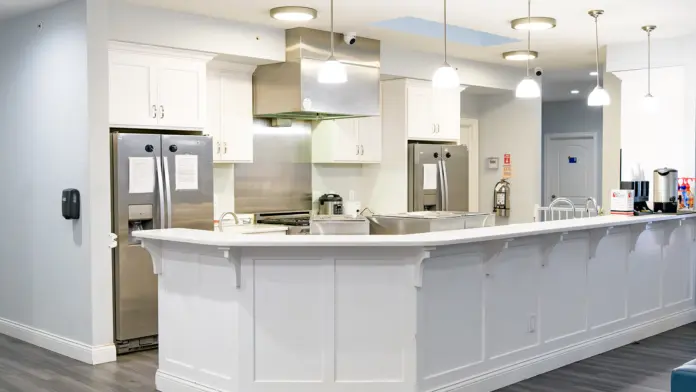
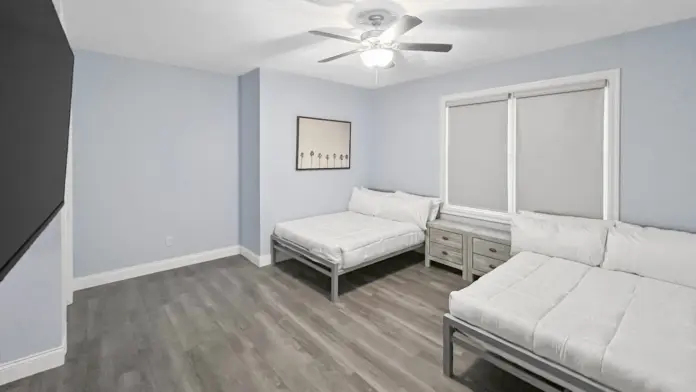
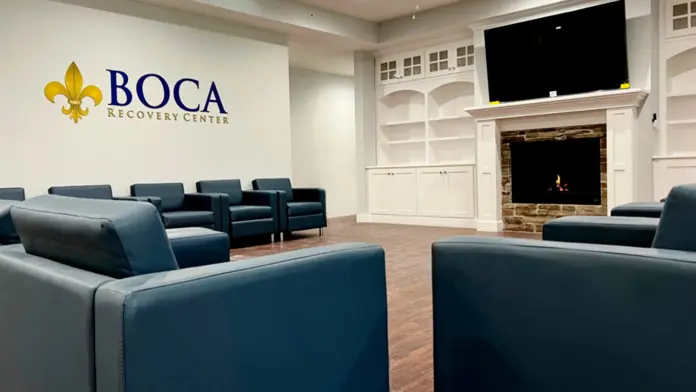

|
Asana Recovery: Drug & Alcohol Rehab In CaliforniaAd This is an ad and Asana Recovery: Drug & Alcohol Rehab In California is a paid advertiser. Paid advertisers may be listed first in search results. This ad may contain content provided by the advertiser. Rehab.com does not verify ad content or any reviews that are displayed. Learn More 1730 Pomona Ave
Suite 3
Costa Mesa, CA 92627
| Asana Recovery has many locations, including the outpatient clinic on Pomona Avenue in Costa Mesa, California. That location is only a 12-minute drive to Balboa Pier at the beach. Their outpatient treatment for adults includes a partial hospitalization program (PHP), and an intensive outpatient treatment program (IOP). Asana Recovery has many lo | Treatments Programs Payment Options | View Website (949) 763-4175 | Amazing residential home! Or at least the one I was at in Huntington beach. Love the food, staff, nd they also helped me get a job towards the end of my treatment!!
Cassie Lee
4 months ago
Definitely recommend this treatment center !!
Brittany Jefferson
4 months ago
This residential treatment has honestly helped me so much to be a better person. Everyday is a struggle but this place really helped start me on the right path. The techs are amazing and go out their way to help me out. Admission was quick and easy and had so much patience. Thank you so much
Laurelle Morales
4 months ago
| 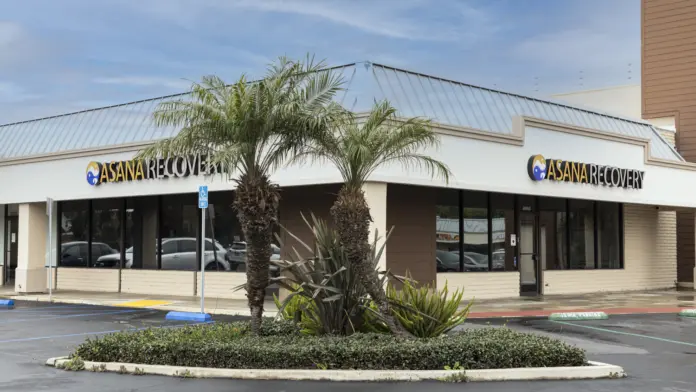
13 13 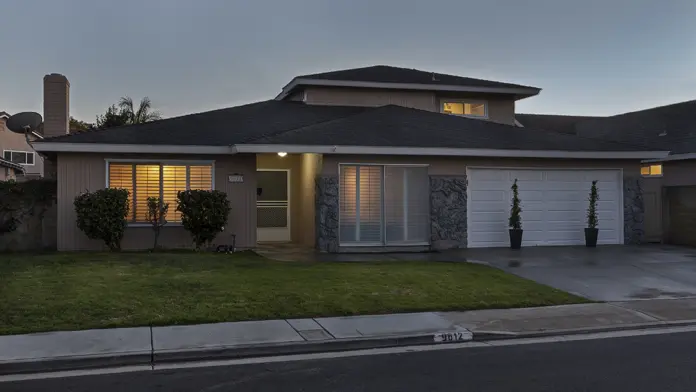



|
Avenues Recovery Center at Lake ArielAd This is an ad and Avenues Recovery Center at Lake Ariel is a paid advertiser. Paid advertisers may be listed first in search results. This ad may contain content provided by the advertiser. Rehab.com does not verify ad content or any reviews that are displayed. Learn More 50 Industrial Park Way
Lake Ariel, PA 18436
| Avenues Recovery Center at Lake Ariel is a 40 – bed residential facility offering drug and alcohol detox and inpatient rehabilitation services. Nestled on 5.19 acres of the beautiful Poconos mountains, this homey yet modern establishment provides the ideal setting for clients to cleanse themselves of all harmful substances and embark on their jou | Treatments Programs Payment Options | View Website (570) 354-6060 | When I got to Avenues I was broken. The counselors and the staff was great especially Tyler, thank you for all that you do.
Misha Lopato
1 month ago
This facility us amazing. Shout out to Bria Lydia Dave kamisha Ryan makayla Joey Joe Cassie and all the rest. The only complaint is that the facility is not accessible for the handicapped.
Mlynda Schmitt
1 month ago
10/10 recommend Avenues. An amazing community with great staff that care about your growth. You won’t be disappointed!
Rashawn Reed
2 months ago
| 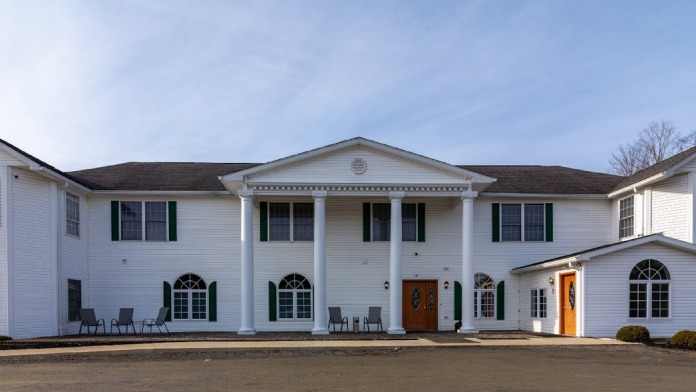
5 5 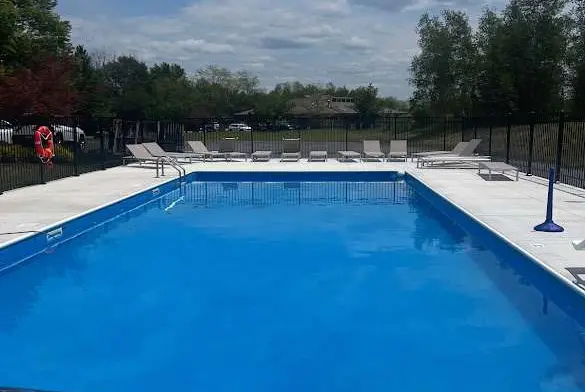


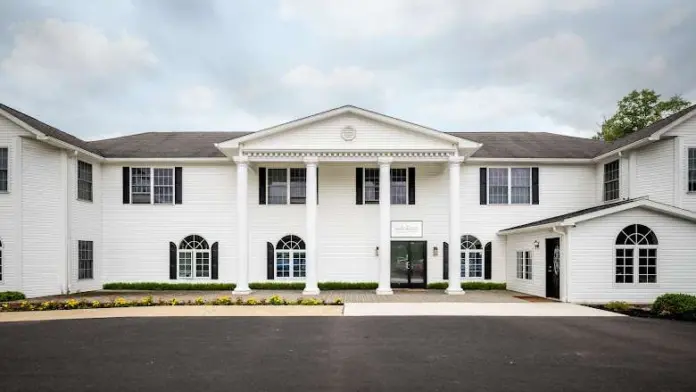
|
Avenues Recovery Center at ClarksvilleAd This is an ad and Avenues Recovery Center at Clarksville is a paid advertiser. Paid advertisers may be listed first in search results. This ad may contain content provided by the advertiser. Rehab.com does not verify ad content or any reviews that are displayed. Learn More 4601 Medical Plaza Way
Clarksville, IN 47129
| Avenues Recovery Center at Clarksville is a residential facility which offers drug and alcohol detox and inpatient rehabilitation services. Set on a sprawling 10-acre property and housed in beautiful, state-of-the-art premises, this modern yet warm establishment provides the perfect backdrop for clients to cleanse themselves of all substances and b | Treatments Programs Payment Options | View Website (930) 203-1947 | The clinicals were great smaller groups and the teachers have real life experience! Staff makes the place. Great food and you can vape!
Zach Rumell
1 month ago
Great program and facility. The staff goes above and beyond!
Savannah Tessmer
1 month ago
1st Time client, in which I’ll be graduating this week and I’m going to a 6 month program at avenues complete in Philly. I’ve had a tremendous experience here in Clarksville Indiana God bless everyone.
Michael Arnett
1 month ago
| 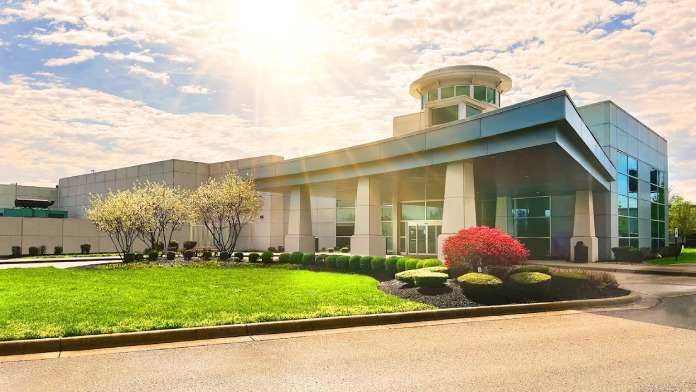
4 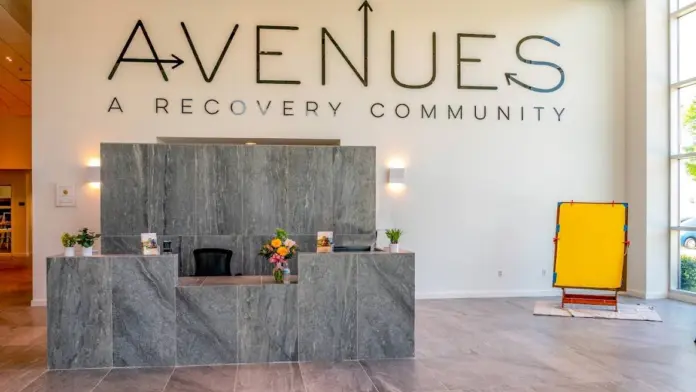
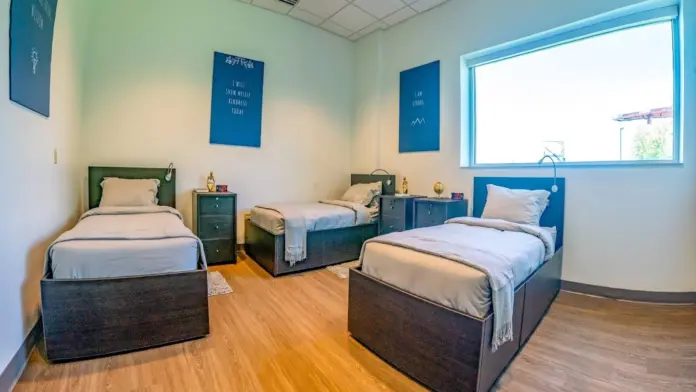
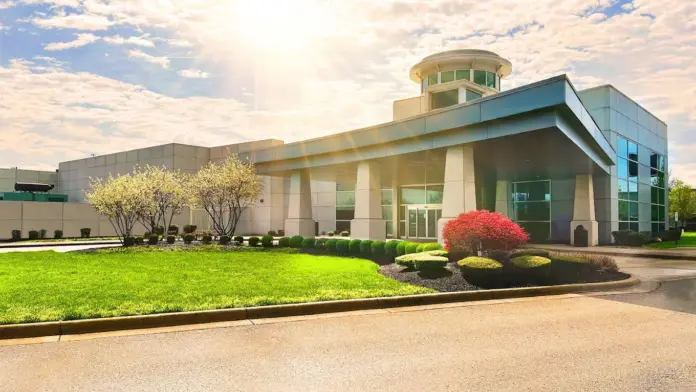
|
Sandstone Care BoulderAd This is an ad and Sandstone Care Boulder is a paid advertiser. Paid advertisers may be listed first in search results. This ad may contain content provided by the advertiser. Rehab.com does not verify ad content or any reviews that are displayed. Learn More 350 Interlocken Boulevard
#100
Broomfield, CO 80021
| Sandstone Care Boulder is an integrative drug and alcohol rehab for adolescents and young adults. Located in Broomfield, Colorado, the facility provides partial hospitalization (PHP) and intensive outpatient (IOP) programming, including dedicated services for clients stepping down from inpatient care and persons with co-occurring addiction and ment | Treatments Programs Payment Options | View Website (888) 491-9937 | While I was a little hesitant getting into treatment like most, the staff at sandstone were extremely patient and caring throughout the whole process. I attended and completed the dual diagnosis iop program while in treatment the staff at sandstone did an amazing job to make me feel welcome and comfortable and addressed and concerns quickly and effectively. The groups were very involved and really challenged me to grow as a person. After treatment I’ve been attending the alumni program that meets regularly and does fun events. It’s been a really good way to connect with others in the sober community and to get the extra support when I need it. I would highly recommend looking into sandstone if your considering treatment or haven’t found a place that’s right for you.
Ashton Rusch
7 months ago
I went through sandstone twice. Once when I was 18 and again when I was 19. At the time I was not willing to admit that I had a problem with substances. I thought I had everything figured out. The years after I had graduated the program I was able to prove to myself that I still knew nothing about my alcoholism. I am grateful for sandstone since I wouldn’t have even been able to have any type of knowledge about my own substance use if it wasn’t for the amazing staff over at sandstone. They helped me get my foot through the door into the world of recovery. I don’t know where I would be without sandstone and I am beyond grateful for the effort the staff puts in to help people with their mental health/substance abuse. I now have a great relationship with my family, a true connection with my friends and most important I have a life worth living now. That is just the surface of what recovery has brought into my life. I have sandstone to thank for that!
Sam Musinsky
8 months ago
Things I loved Sandstone Care
1) Group therapy, and learning new skills.
2) Once enrolled you can also schedule individual therapy.
3) After graduating the program you are invited to Alumni events. So you always feel connected to the program and get to meet previous graduates of the program. Some events I’ve been to were Lantern Festival, Animal sanctuary, Game Nights, and many more. There are also zoom sessions.
I really am thankful for the Alumni group and coordinators for always checking in.
Angelic Ramirez
9 months ago
| 
5 5 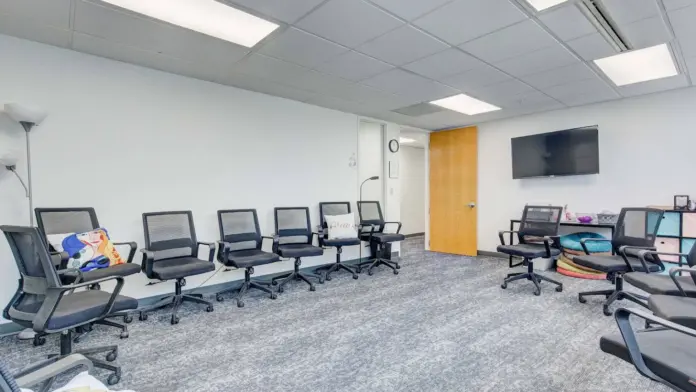
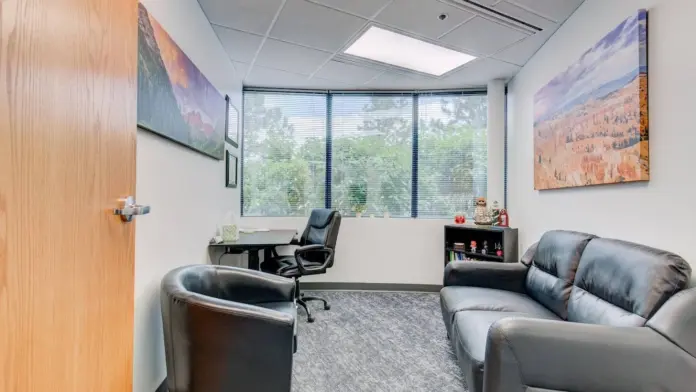


|
Indiana Center For Recovery – Alcohol & Drug Rehab Center – BloomingtonAd This is an ad and Indiana Center For Recovery – Alcohol & Drug Rehab Center – Bloomington is a paid advertiser. Paid advertisers may be listed first in search results. This ad may contain content provided by the advertiser. Rehab.com does not verify ad content or any reviews that are displayed. Learn More 1004 W First Street
Bloomington, IN 47403
| Indiana Center for Recovery has a reputation for the most advanced addiction and mental health care in the state — covered by insurance and backed by hundreds of positive reviews. Many innovative therapies here go beyond what’s available at other treatment centers (including GeneSight Testing to tailor medications based on genetics not guesswor | Treatments Programs Payment Options | View Website (888) 270-7241 | Caitlyn was awesome. I had a wonderful hete at ICFR. THANKS TO ALL
John Kendall
1 month ago
My experience at ICFR Bloomington, has far exceeded my expectations! The campus is beautiful, you can actually be outside in nature while walking to classes. The facilities are very clean and well maintained. There is snack foods available 24/7, with three hot meals daily. They have everything you need while you’re here, if you forget anything at home. Pack like you’re on vacation! This is not a typical facility, as they offer much more freedom and actual apartments to live in. The programs they offer are amazing too! I learned so much more in my time here than anywhere else I’ve been.
Thank you ICFR!!
Ashley Vincent
1 month ago
Wonderful place and the rec center is awesome!! I especially love the staff.
Devon Hall
2 months ago
| 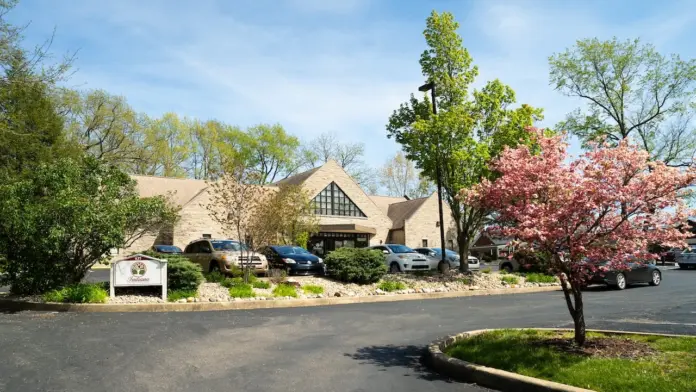
10 10 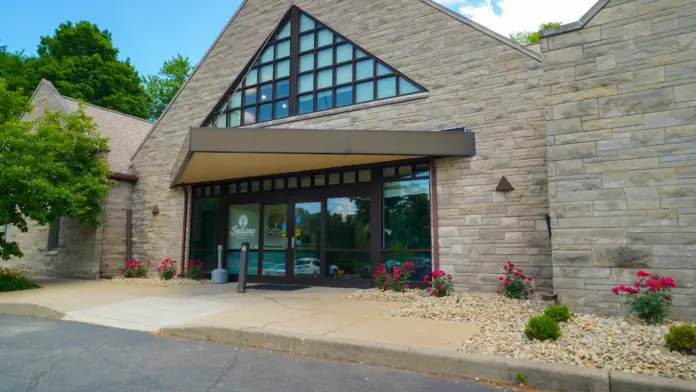
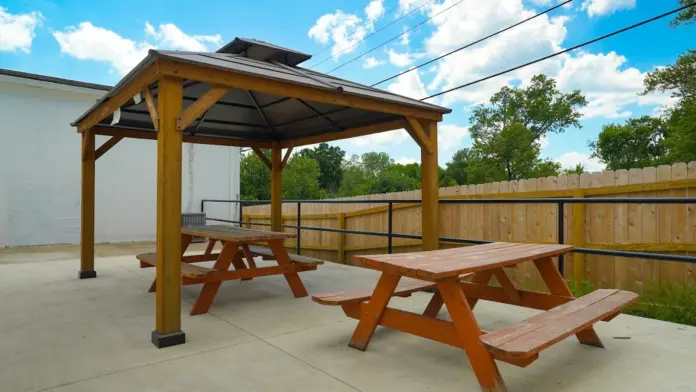


|
California Behavioral HealthAd This is an ad and California Behavioral Health is a paid advertiser. Paid advertisers may be listed first in search results. This ad may contain content provided by the advertiser. Rehab.com does not verify ad content or any reviews that are displayed. Learn More 37066 Bankside Drive
Cathedral City, CA 92234
| Found in Cathedral City Cathedral, California, California Behavioral Health is a private rehabilitation center that provides addiction and dual diagnosis treatment for adults. This treatment takes a holistic approach to addressing addiction and ensures a well-rounded recovery journey through its inpatient program, intensive outpatient program, part | Treatments Programs Payment Options | View Website (760) 614-9800 | Excellent staff , amazing treatment center, very helpful and professional. I did a 180 change in my life , I believe in myself now.
William Maupin
1 month ago
The staff was both caring and professional! The other clients were friendly and welcoming. The facility is clean and well maintained. I simply can’t say enough great things about my experience at CBH!
I left having been given all the emotional tools and training needed to enjoy a sober life. My family and I are finally able to enjoy all of the wonderful things together that had been missing.
Thank you CBH for giving me a new lease on life!
Bud Runner
1 month ago
The therapists and nursing staff are very caring and supportive. Marty is the bomb.
David Nygren
2 months ago
| 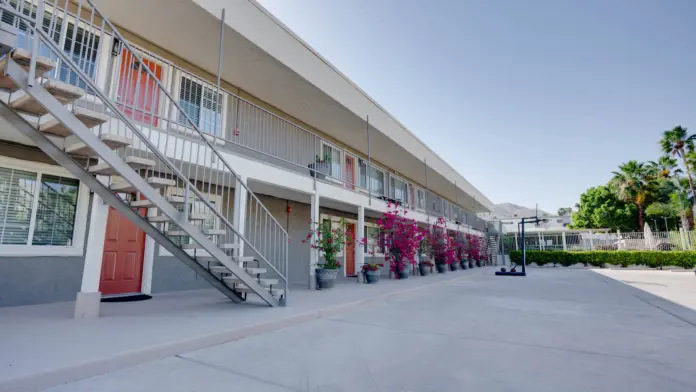
17 17 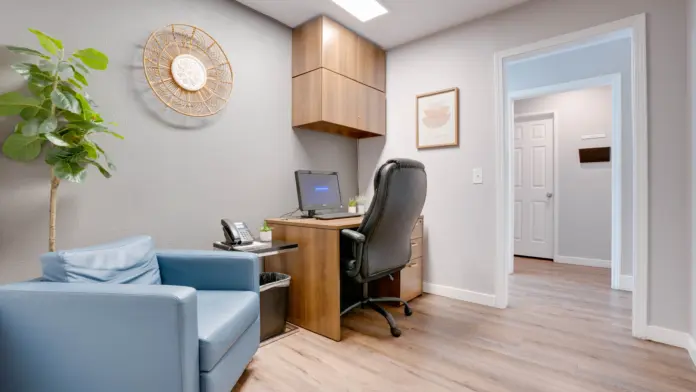

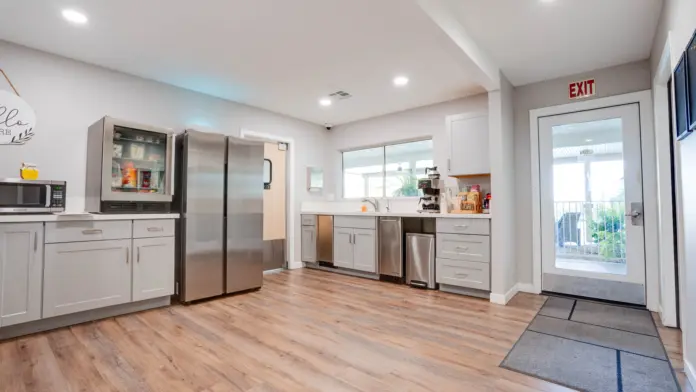
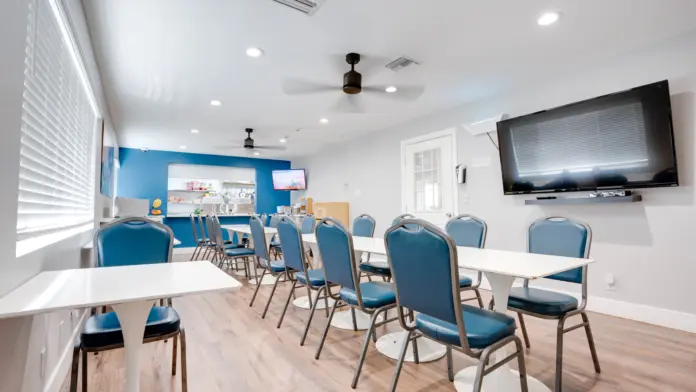
|
South Shores RecoveryAd This is an ad and South Shores Recovery is a paid advertiser. Paid advertisers may be listed first in search results. This ad may contain content provided by the advertiser. Rehab.com does not verify ad content or any reviews that are displayed. Learn More 27568 Vista De Dons
Dana Point, CA 92624
| South Shores Recovery is a dual-diagnosis drug rehab and substance use treatment facility in Dana Point, California. They serve adult men and women with detox and outpatient programs.. The treatment center creates a trauma-informed individualized curriculum for every client, comprising conventional, evidence-based treatments like cognitive behavior | Treatments Programs Payment Options | View Website (877) 527-2150 | The club no one wants to belong to is waiting for you. Let’s be honest: Nobody wakes up thinking it’s a good day to stop their addiction and go to rehabilitation. The fear of losing my old way of living (which wasn’t productive or making me happy) kept me looking through the distorted lens of the bottle.
I thought other people needed rehabilitation, but South Shore completely transformed my life in ways I never even dared to imagine. The journey began reluctantly, much like the late Amy Winehouse’s famous song “Rehab.” The thought of going to rehab felt like a last resort, and the stigma around it was daunting. But addiction doesn’t discriminate, affecting people from every walk of life, including successful writers with master’s degrees, licenses in medical sciences, and television fitness personalities like myself.
When I arrived, South Shore’s safe and serene environment provided the perfect backdrop for healing. The 24/7 medical support was a lifeline during detox, ensuring that I was comfortable and safe as I began to purge the toxins from my body. The detox process was supervised by compassionate professionals who made it as smooth as possible.
South Shore’s approach is holistic, focusing on mind, body, and spirit. The Big Book of AA, which I previously scoffed at, now serves as the cornerstone of my recovery. Through various therapies, including yoga, meditation, and surfing, I found new ways to connect with myself and the world around me. The sessions at the beach were particularly transformative, allowing me to heal in the midst of inspiring natural beauty. My only critique is that due to varying physical capabilities among participants, some of the best hikes and views from atop the cliffs were not attainable due to strenuous challenges. However, this experience taught me tolerance and acceptance.
Education is a cornerstone of the program. I learned so much about the nature of addiction, why I drank, and most importantly, how to stay sober. The individualized treatment plans were tailored to my unique needs and adapted as I progressed. This personalized care was crucial in addressing the underlying issues that fueled my addiction.
One of the most surprising joys was discovering a supportive community. In group therapy and 12-Step meetings, I found my tribe. The camaraderie and understanding among fellow participants were invaluable. The program’s emphasis on community and peer support continues to be a cornerstone of my recovery. During my stay, I learned to achieve and maintain abstinence from substances, develop strategies to manage cravings and triggers, practice healthy coping skills, build a support network of peers, mentors, or sponsors, and engage in therapy to address the underlying issues contributing to substance use.
Recovery is not just about abstaining from substances; it’s about discovering a new way of life. South Shore gave me the tools to cope with cravings and prevent relapse. The skills and strategies I developed during my stay have been essential in maintaining my sobriety.
The support doesn’t end when you leave. South Shore’s continuing care and alumni programs ensure that you remain connected and supported long after you’ve left the facility. The lifelong membership in the South Shore community means that help is always available when needed.
Choosing rehab was the best decision I ever made. South Shore not only helped me break free from the chains of addiction but also gave me a fresh perspective and a renewed outlook on life. If you’re struggling with addiction, take that first step. It’s not the end of the road; it’s the beginning of a new journey.
Thank you, South Shore, for giving me my life back (not to mention my husband, children, and chance at a successful career!)
Andes Hruby
1 month ago
Made me feel like family. Amazing staff that I grew close too and would definitely recommend for anyone iffy about rehab and nervous. Very good people. Also ruby always around to cheer you up.
Adrian Pina
2 months ago
When I got to South Shores I was at my rock bottom, I was completely miserable and broken. The staff there helped me build myself back up and become functional again. They gave me the tools and the resources that I needed so
I could remain successful when I left impatient.
From the therapist down to the technicians you can’t miss. Each one of them are overly qualified and are beyond knowledgeable about recovery. Matt is an absolute legend, his groups will truly humble any man or woman. The fact that he can get down onto your level share his story and current problems truly shows how important honesty and working the program is. Jamison is an amazing tech and has so much knowledge. Don’t be afraid to seek his guidance, I learned just as much from him as I did anyone! They also have an amazing support system after you leave the program. Brian has been in contact with me multiple times a week, what’s shows me that they truly do care about your well being. But at the end of the day you’re only going to get what you put into it. It’s going to take a lot of work and the willingness to be valuable. I took everything I could possibly get from them. And even though I loved it there the only way I’ll go back is to show others what South Shores helped me have. That’s peace, love, happiness, joy and the gift of being sober. Thank you South Shore’s for helping me find my greener grass!
Jordan Arambula
2 months ago
| 
11 11 



|
Banyan HeartlandAd This is an ad and Banyan Heartland is a paid advertiser. Paid advertisers may be listed first in search results. This ad may contain content provided by the advertiser. Rehab.com does not verify ad content or any reviews that are displayed. Learn More 1237 E 1600 North Rd
Gilman, IL 60938
| Banyan Treatment Centers Gilman is a private drug rehab center specializing in treating drug and alcohol abuse in Watseka, Illinois. This addiction treatment center provides individuals with fully customized and uniquely comprehensive levels of care to help with recovery. Banyan Treatment Centers Gilman is a private drug rehab center specializing | Treatments Programs Payment Options | View Website (855) 913-1797 | This place is amazing. Amazing staff. Attractive facility. Very therapeutic. Attention to everyone’s needs. Highly recommended. I wish I knew about this place 4 treatments ago.
Marco Hernandez
2 months ago
My experience at Banyan was great ,nurses and staff are great and the food is excellent 👍🏽.
Kenneth Smith
3 months ago
Great program for those struggling!
Darek Horan
6 months ago
| 
6 6 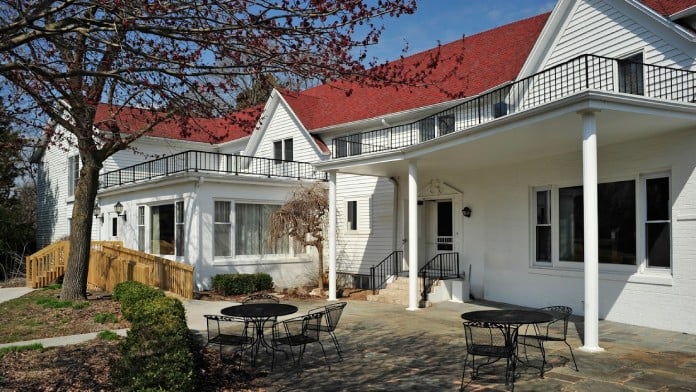

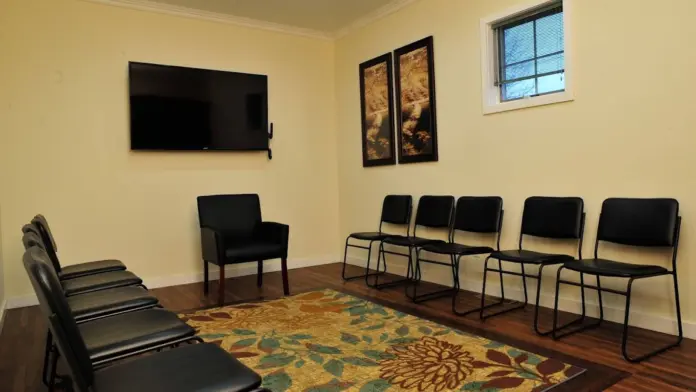

|
The Recovery Team – Cape CodAd This is an ad and The Recovery Team – Cape Cod is a paid advertiser. Paid advertisers may be listed first in search results. This ad may contain content provided by the advertiser. Rehab.com does not verify ad content or any reviews that are displayed. Learn More 279 Brick Kiln Road
Falmouth, MA 02536
| Recovering Champions is an addiction treatment program that specializes in substance use and co-occurring disorders. They offer partial hospitalization, outpatient, and medication assisted treatment from a facility on the serene Cape Cod near Falmouth, Massachusetts. You’ll have a peaceful environment for recovery. Recovering Champions is an addi | Treatments Programs Payment Options | View Website (888) 270-7241 | It was a great experience knowledgeable Kind and friendly.
And accommodating connections
Mark Salazar
3 months ago
Amazing staff that do amazing things for folks in recovery in the cape cod community. Staff Really care about the patients like family.
Robert Medeiros
3 months ago
this place saved my life! totally tubular!
Marissa Ingram
3 months ago
| 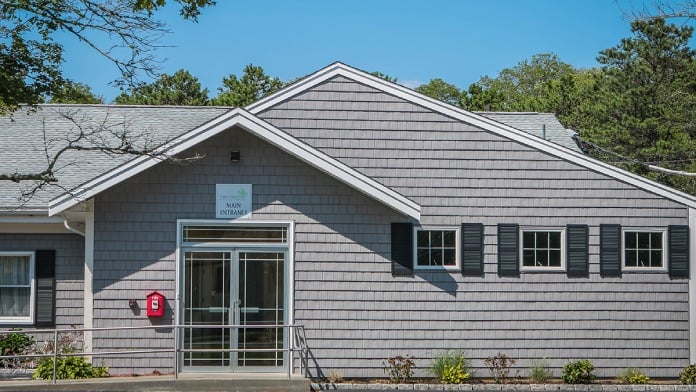
6 6 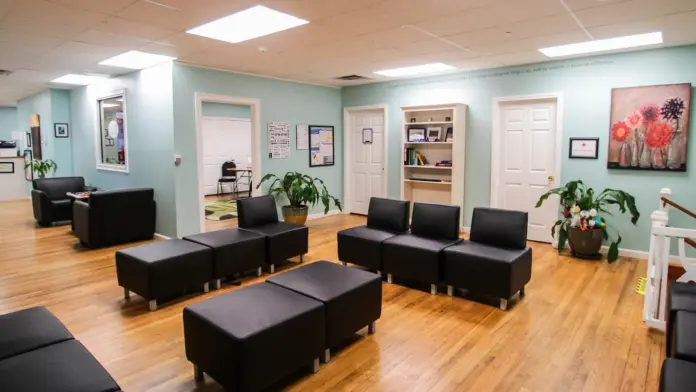



|
Townsend Recovery Detox and Drug Rehab CenterAd This is an ad and Townsend Recovery Detox and Drug Rehab Center is a paid advertiser. Paid advertisers may be listed first in search results. This ad may contain content provided by the advertiser. Rehab.com does not verify ad content or any reviews that are displayed. Learn More 5620 Read Blvd
5th Floor
New Orleans, LA 70127
| Townsend Recovery Detox and Drug Rehab Center is a residential facility offering drug and alcohol medical stabilization and inpatient rehabilitation services. With an unparalleled clinical program and experienced and passionate staff, each client is given the best possible chance to achieve lasting sobriety. Townsend employs doctors, nurses, nurse | Treatments Programs Payment Options | View Website (504) 608-5060 | I have been to several Rehab centers. This the best Rehab I have been too, the Counselors, are excellent. The Clinical Director Donna, is Great. She has a zero tolerance for Foolishness. The groups, are engaging and deal with the coor of the clients addiction.
Edward Woods
1 month ago
Attending extensive care at Avenues Metairie has been very beneficial for my recovery. I have learned so much from the groups and I feel like I’ve been challenged in positive ways that will help me stay sober and maintain a healthy lifestyle.
Jessica Sciortino
1 month ago
Counseling and group therapy are the best things about this place in my experience. The staff is friendly and supportive. If you apply yourself and are willing you will be able to learn a lot. An except first step in recovery. Nursing and mental wellness are some of the best I’ve received. Very caring and supportive. 10/10
Johnny Lab
1 month ago
| 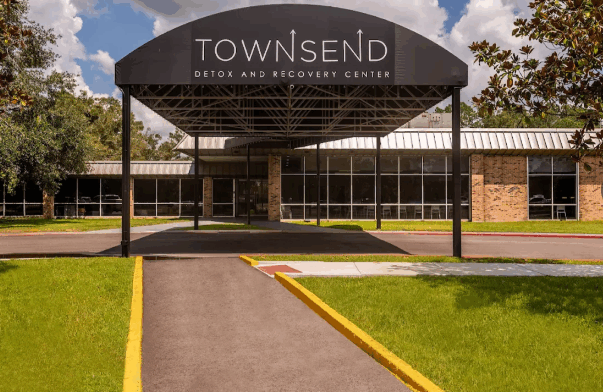
6 6 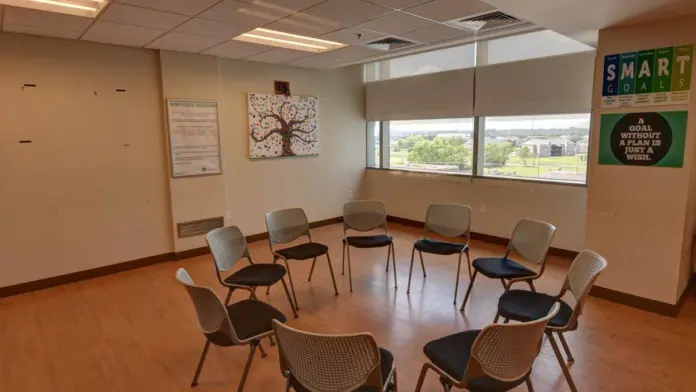
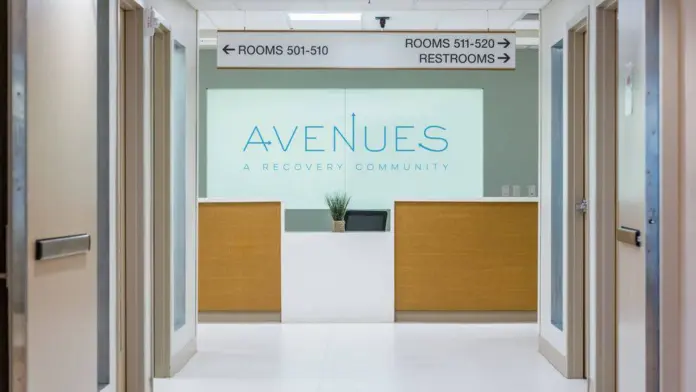
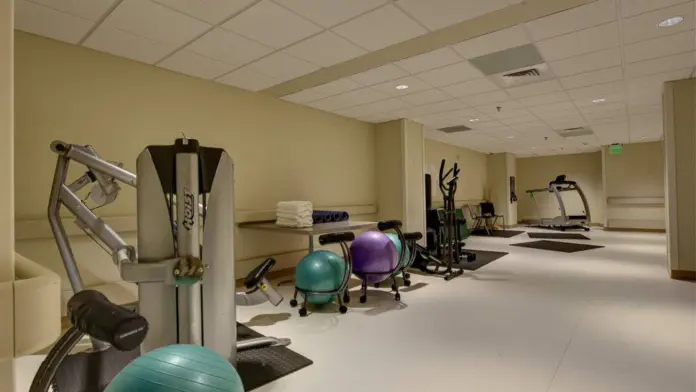
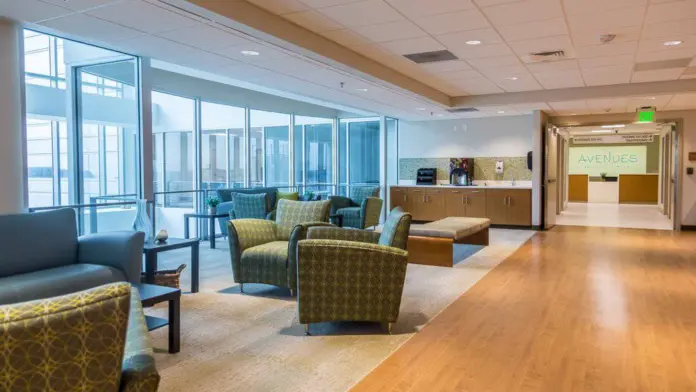
|
Boca Recovery Center – GallowayAd This is an ad and Boca Recovery Center – Galloway is a paid advertiser. Paid advertisers may be listed first in search results. This ad may contain content provided by the advertiser. Rehab.com does not verify ad content or any reviews that are displayed. Learn More 30 W Jimmie Leeds Rd
Galloway, NJ 08205
| Boca Recovery Center – Galloway is a drug and alcohol rehab in Galloway, NJ. They provide inpatient addiction treatment and medical detox. Boca Recovery Center – Galloway is a drug and alcohol rehab in Galloway, NJ. They provide inpatient addiction treatment and medical detox. Boca Recovery Center in Galloway, New Jersey is a luxury recovery | Treatments Programs Payment Options | View Website (609) 402-9464 | This is by far the best rehab center in New Jersey! All the staff are wonderful and very helpful! I strongly recommend using BOCA for your recovery!
Nicholas Biddinger
2 months ago
This is the top drug and alcohol detox I have experienced. Staff is very helpful and patient. I highly recommend this place to anyone struggling.
Gavin Blueberry
2 months ago
The best detox in New Jersey. Ms. Mykeala, Ms. Bre, all the Techs were the best. Second to none!!
Gerald Patterson
3 months ago
| 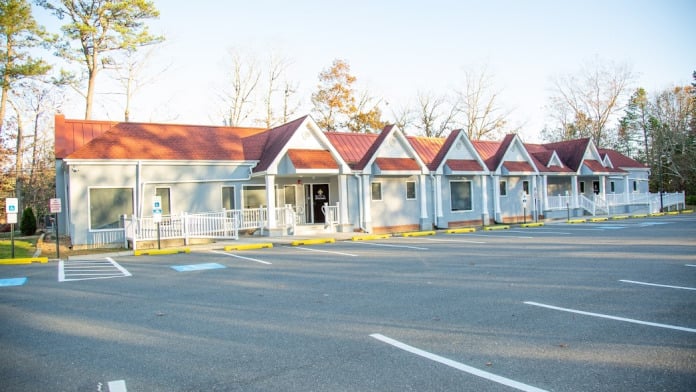
7 7 
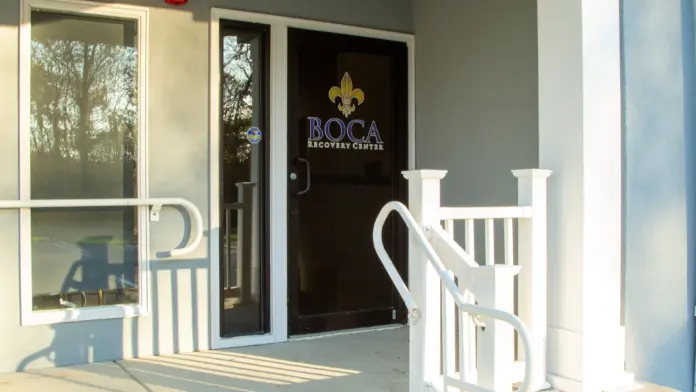
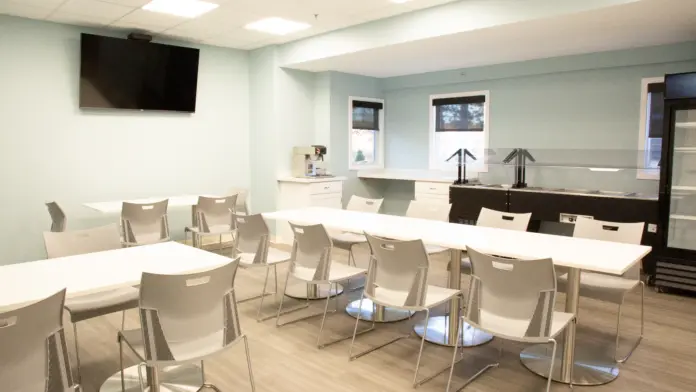
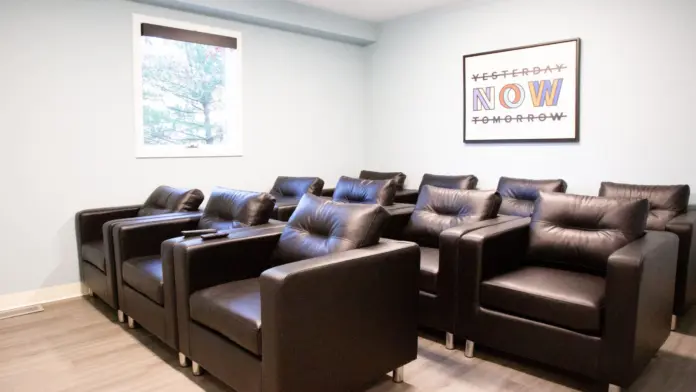
|
Banyan Palm SpringsAd This is an ad and Banyan Palm Springs is a paid advertiser. Paid advertisers may be listed first in search results. This ad may contain content provided by the advertiser. Rehab.com does not verify ad content or any reviews that are displayed. Learn More 67580 Jones Road
Cathedral City CA, 92234
| Banyan Palm Springs is a luxury addiction recovery center ensconced in the serene, tree lined community of Cathedral City, California. They offer a complete continuum of care to support your success at every stage of the recovery journey, from medical detox to inpatient treatment to outpatient and aftercare. Banyan Palm Springs is a luxury addic | Treatments Programs Payment Options | View Website (561) 220-1814 | I learned a lot of coping skills to help me with my recovery. the fellowship the I found as well really helped as well. Great staff and great people.
Adrian Delgado
2 months ago
This was my first time in treatment and I will say I am very grateful for the opportunity to be in treatment. I found my authentic self and I will never be anything but. Thank you for giving me the opportunity to grow and continue to grow.
Donn Wilson-Greiner
Donald Wilson-Greiner
2 months ago
Great experience. Got plenty of tools to keep me sober. And a great out patient option that’ll work for me when I head home. Thank you very much to the staff and my case manager. I greatly appreciate all that was done for me♥️
Destynie B
2 months ago
| 
9 9 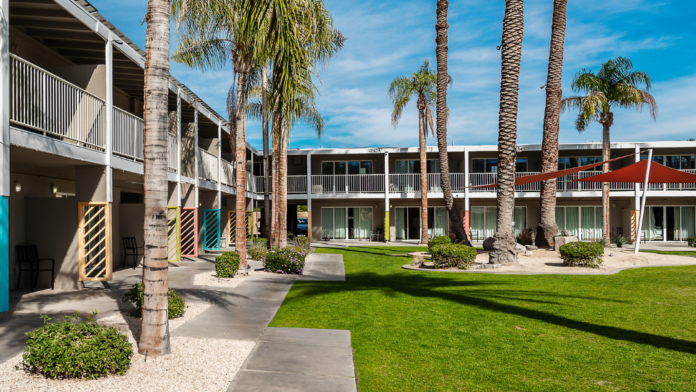



|
The Haven Detox – Florida Alcohol & Drug RehabAd This is an ad and The Haven Detox – Florida Alcohol & Drug Rehab is a paid advertiser. Paid advertisers may be listed first in search results. This ad may contain content provided by the advertiser. Rehab.com does not verify ad content or any reviews that are displayed. Learn More 1325 N Haverhill Rd
West Palm Beach, FL 33417
| The Haven Detox in West Palm Beach, Florida, treats adults18 and older who are experiencing addiction issues. They offer a personalized approach to meet you where you are now. They also provide bilingual detox for those who aren’t fluent in English. It’s more than a medical detox, it’s a sanctuary to start you on the path to sobriety. The Hav | Treatments Programs Payment Options | View Website (888) 270-7241 | I would like to tell all of you that might look at this review and thinking about treatment to look up The Haven. The staff, Barbara, Jose, Robert, Lauren, Anthony, and Ashley are all magnificent people. Very caring, kind, compassionate, and with a world of knowledge to help you in your journey. The techs, shaggy, Zeke, Harriet, hunter, Christopher, and all the others were very kind and super helpful. Mariano the food guy was also super cool. I thank my lucky starts I found the haven and all these amazing people to help me on my journey..Cheers to all.
Jorge
1 month ago
Great place. Roni, Ashley and Lauren was a great help to me.
David Ludlow
2 months ago
Great detox all stuff are very helpful and understanding Barbra Ashley Lauren shaggy Chris c. Nene. Anthony are great groups thanks sunny paster c dr.harris karin.
Phillip Morales
2 months ago
| 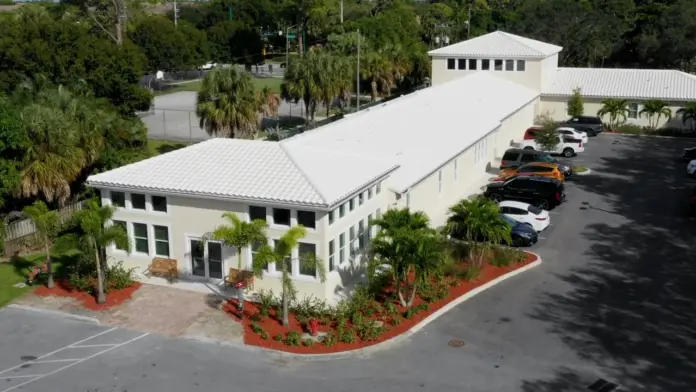
8 8 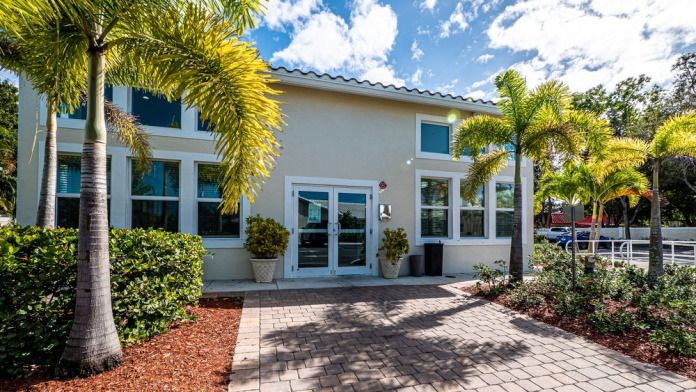
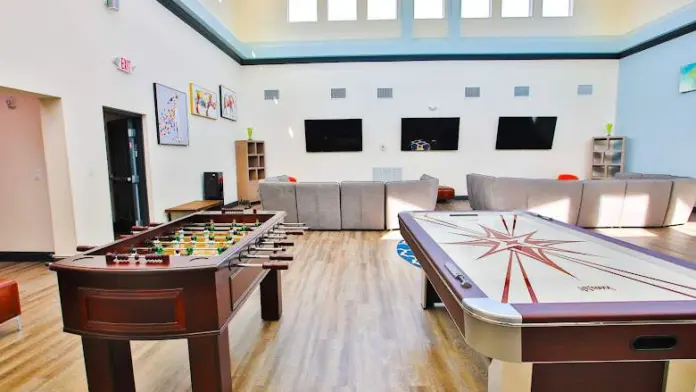


|
Boca Recovery Center – HuntingtonAd This is an ad and Boca Recovery Center – Huntington is a paid advertiser. Paid advertisers may be listed first in search results. This ad may contain content provided by the advertiser. Rehab.com does not verify ad content or any reviews that are displayed. Learn More 3040 W Park Dr
Huntington, IN 46750
| Boca Recovery Center is a luxury drug treatment facility with a location in beautiful Hunting, Indiana. The company started in Florida in 2016 and quickly moved into three additional locations to address substance disorders and co-occurring mental health issues. They accept most major insurances and will check your coverage options days before you | Treatments Programs Payment Options | View Website (800) 516-4357 | This is my first time seeking sobriety. As soon as I walked through the doors, I felt calm and welcomed. The staff are easy to approach and talk to. My peers are welcoming and my new family.
Jesse Bellinger
1 month ago
Boca is a very good experience staff is awesome and very helpful and know what you’re going through.
kyle boyd
1 month ago
Boca was really life changing for me.i learned a lot more here than just about my drug addiction my mental health physical health and more the staff are so motivated to get us better the groups are magical… better than 6 flags itself food is awesome therapist nurses staff and case management r amazing i came in here a sad had nothing going 22 year old 30 days later leaving happier than ever and i learned so much knowledge wisdom from the whole family here at Boca this place is truly a blessing 😭💯🥰🥰.I recommend this place to anyone it’s amazing I could really go on forever………once u go Boca addiction will be remembered but erased from ur life….go team Boca👌🤘
Samuel Pletka
1 month ago
| 
24 24 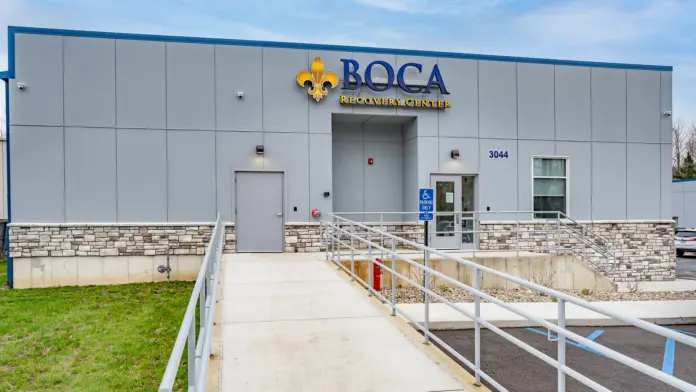



|
Avenues Recovery Center at Prince FrederickAd This is an ad and Avenues Recovery Center at Prince Frederick is a paid advertiser. Paid advertisers may be listed first in search results. This ad may contain content provided by the advertiser. Rehab.com does not verify ad content or any reviews that are displayed. Learn More 125 Fairground Rd
Prince Frederick, MD 20678
| Avenues Recovery Center at Prince Frederick, in Prince Freferick, Maryland, is an alcohol and drug rehab center offering levels of care including medically assisted detox, outpatient treatment, a partial hospitalization program, an intensive outpatient program, medication assisted treatment, an inpatient residential program and aftercare. Treatment | Treatments Programs Payment Options | View Website (410) 535-8930 | I want to give Avenues a huge Shout out! Sarah was my counselor. She was amazing! Saw me at my worst! I give them my my life!
Max Sonnino
2 months ago
The best recovery center hands down staff and counselors genuinely care about you and your sobriety and it’s a very comfortable place to be for your recovery I know a lot of people say that but I truly do mean it from the bottom of my heart thank you 🙏🏾 so much avenues for the tools you have given me for success
Korey Willis
3 months ago
I had a great time at avenues I stayed 60 days and graduated it was well needed
eric evans
3 months ago
| 
5 5 
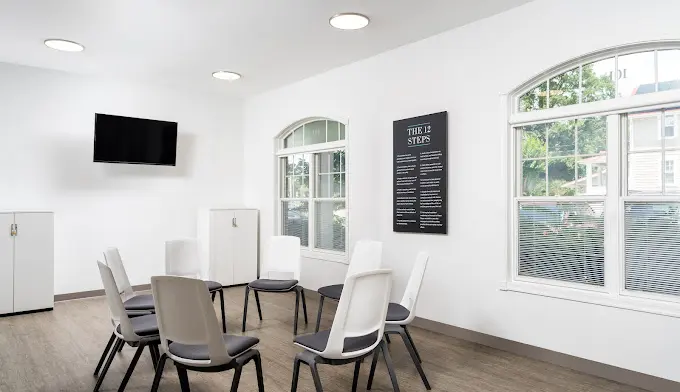
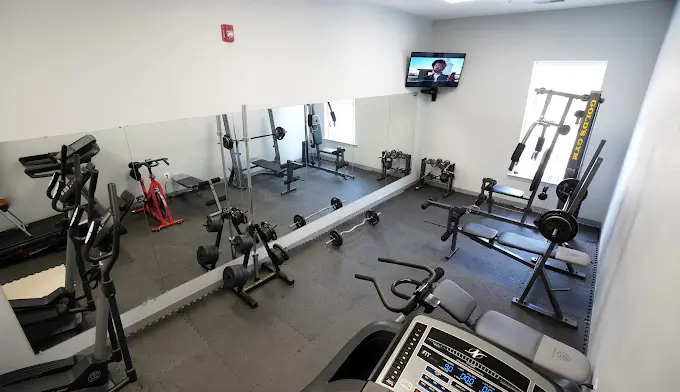

|
Sandstone Care Teen Center at ChesapeakeAd This is an ad and Sandstone Care Teen Center at Chesapeake is a paid advertiser. Paid advertisers may be listed first in search results. This ad may contain content provided by the advertiser. Rehab.com does not verify ad content or any reviews that are displayed. Learn More 2020 Martins Grant Ct
Crownsville, MD 21032
| Sandstone Care Teen Center at Chesapeake is specifically designed for teens struggling with anxiety, depression, trauma, substance use, and co-occurring mental health disorders. Our whole-person treatment program helps teens learn healthy coping skills and resiliency.We are conveniently located 20 minutes west of Annapolis in Crownsville, MD. Our h | Treatments Programs Payment Options | View Website (888) 491-9937 | I would highly recommend this for anyone that has a teen suffering with mental health issues. The tools my son learned during this program gave him his life back. He is on track to graduate in a few months, has a job and is looking forward to college!
Terri Harris
6 months ago
Sandstone Care is a fantastic resource for teens & young adults seeking support for mental health or substance use challenges. The staff truly care about making a difference, and their programs focus on genuine healing. Highly recommend!
Ray Sawvell
6 months ago
Guys If y’all read the 2.0 black book, I’m summer the sandstone legend and I’m also a baddie my insta is starzyx.ccc tell my man to add me back
Farting Currently
7 months ago
| 
5 5 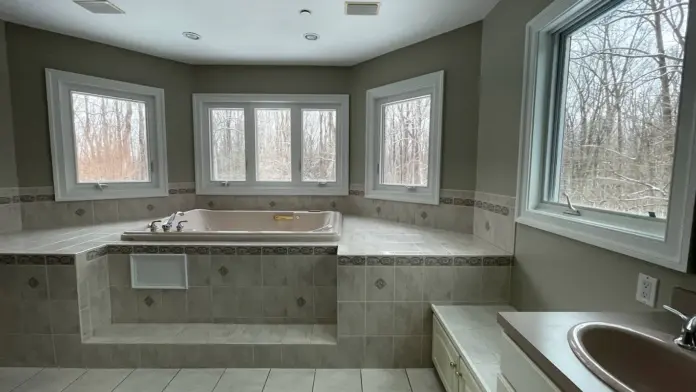
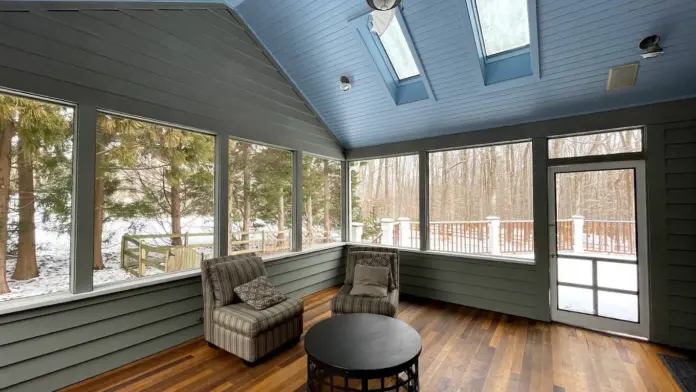


|
Banyan Castle RockAd This is an ad and Banyan Castle Rock is a paid advertiser. Paid advertisers may be listed first in search results. This ad may contain content provided by the advertiser. Rehab.com does not verify ad content or any reviews that are displayed. Learn More 1055 S Perry St
Castle Rock, CO 80104
| An important part of the healing journey out of addiction can be finding new ways to experience joy and fulfillment in your life so your sobriety doesn’t leave a hole that you used to fill with drugs and alcohol. That’s the benefit of Banyan Castle Rock in Castle Rock, Colorado. An essential part of the recovery journey is discovering new ways | Treatments Programs Payment Options | View Website (855) 913-1797 | I was referred to Banyan by Sandstone, a facility in Denver. Originally from Northern Colorado, I was hesitant at first. However, upon my arrival, I was impressed by the dedication, professionalism, and exceptional therapists. While there are some logistical improvements that a new company like Banyan can make, they still deserve five stars for their impactful work in transforming lives. I arrived homeless and hopeless, despite minor issues typical of new facilities, I experienced significant success. I left with an apartment and received excellent therapy recommendations. No other facility offers a residential curriculum like this one. The director is passionate about what they do and takes the time to converse and give examples in Laymans terms to help the patients understand exactly what is going on with their physical body and brain. To see your director interact with humility is the most endearing feeling to people that may be fearful to be inquisitive of the care. Special shout out to CASS & SCOTT all therapist are highly intelligent and create a diverse group therapy everyday is different. Keep up the great work, continue to promote inclusion and diversity, and to take people in strife and make them a success rate to society. Thank you everyone at Banyan! Best, Brineth.
Brineth Avila
3 months ago
Banyan saved my life. I cannot thank this place enough. Scott- my personal therapist there and all the other therapists and BHT’s are incredible. Also the case workers are great too! I cannot recommend this place enough. They truly care and will help you get your life back on track. 🙏🏻
Sara Piche
3 months ago
Alexandria was the #1 BHT and Alexander coming in as the 1st place loser! (Inside joke) Overall Banyan was a great experience. Staff was amazing and met every need! I hope I never see that place ever again but would go back if I ever need Substance or Mental assistance!
Gavyn Stegeman
3 months ago
| 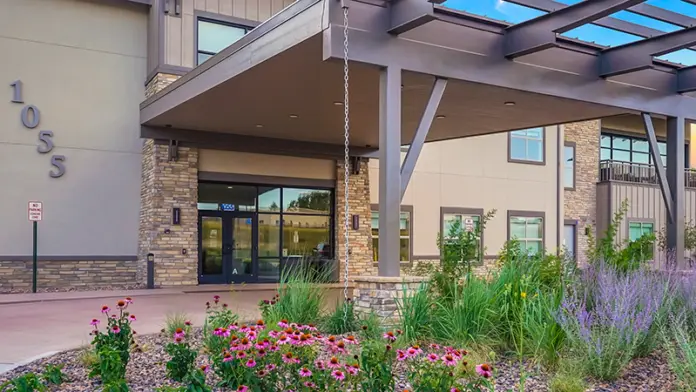
10 10 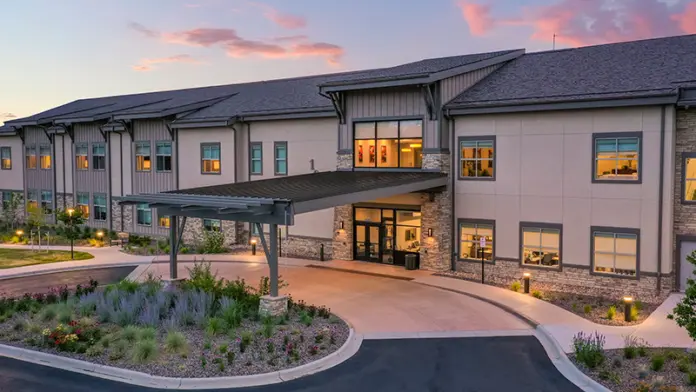


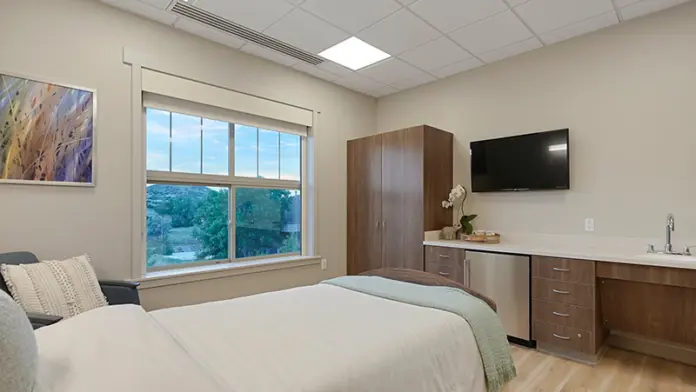
|
Sandstone Care Detox CenterAd This is an ad and Sandstone Care Detox Center is a paid advertiser. Paid advertisers may be listed first in search results. This ad may contain content provided by the advertiser. Rehab.com does not verify ad content or any reviews that are displayed. Learn More 2102 University Park Boulevard
Colorado Springs, CO 80918
| Sandstone Care Detox Center is a detox and short term rehab center in Colorado Springs, Colorado. They treat young adults and adults aged 18 and older who have substance use disorders, addiction, and co occurring mental health conditions. The CARF accredited facility provides medical detoxification and inpatient treatment utilizing a highly individ | Treatments Programs Payment Options | View Website (888) 491-9937 | The staff is compassionate, knowledgeable and kind. The food is also really good.
Madison Taht
2 months ago
Awesome people!! They really take care of you!!
M B
2 months ago
I cannot say enough wonderful words to describe this center. I LOVED every single employee there. Every single one treated me with genuine kindness and compassion. Detox is rough on some people and they never ever made me feel embarrassed or uncomfortable. I stayed for 21 days and was so sad to leave. Mixed emotions. I made many new friends that were also in the program. But the therapists and nurses all have a special place in my heart. Much laughter, many tears (I’m an emotional person) and the feeling of finally finding a safe space where all of the things that I share stay there. My therapist still calls to check on me, love Mariah! My nurse practitioner Savannah, always listened to my questions and needs with such sincerity, I am truly blessed to have met her as well.
melissa guzicki harmon
3 months ago
| 
5 5 
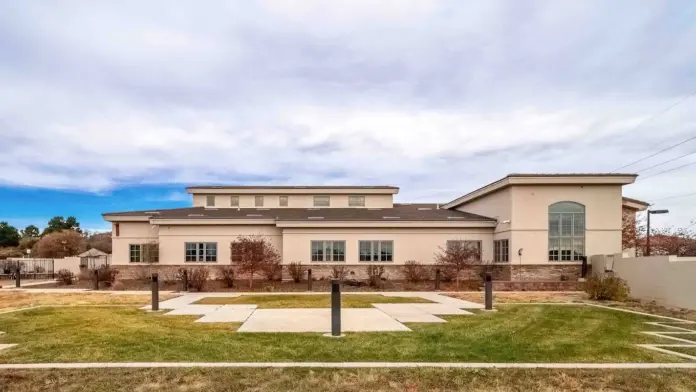
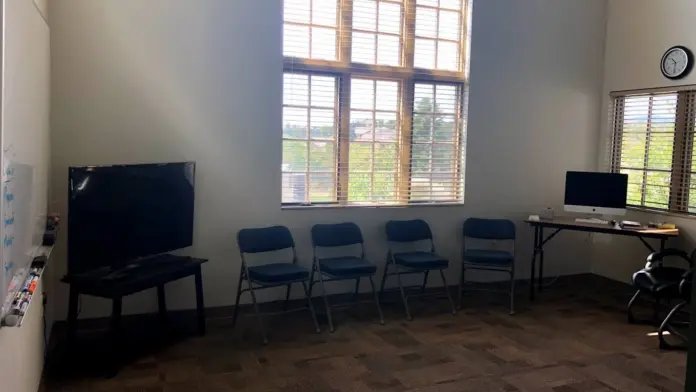
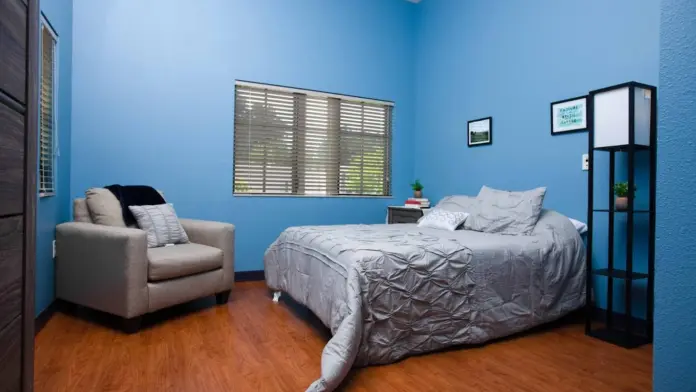
|
Avenues Recovery Center: Drug & Alcohol Rehab – Eastern ShoreAd This is an ad and Avenues Recovery Center: Drug & Alcohol Rehab – Eastern Shore is a paid advertiser. Paid advertisers may be listed first in search results. This ad may contain content provided by the advertiser. Rehab.com does not verify ad content or any reviews that are displayed. Learn More 821 Fieldcrest Road
Cambridge, MD 21613
| Avenues Recovery Center is a residential rehab in Cambridge, Maryland. Avenues actually has several locations, but this is their Eastern Shore location. It’s a pretty large 104 bed rehab with a wide variety of therapies and services within a luxury setting. Avenues Recovery Center is a residential rehab in Cambridge, Maryland. Avenues actually ha | Treatments Programs Payment Options | View Website (410) 346-1993 | Staff has a TON of knowledge an truly cares an wants you to be the best version of you. I truly appreciate the Love I felt!!!!
Henry Plonski
1 month ago
This place truly saved my life I never thought of it helping me but the facilitators really care about the people holly really goes to the ends of the earth much love
Kamron Wright
1 month ago
I came to avenues a broken soul. I didn’t love myself or anybody else. I did not want to live anymore. I have been to 5 star rehabs with private chefs and rooms that look like the four seasons and those places have nothing on avenues Cambridge. This place is truly amazing and that’s coming from a dope fien. I’m no longer a slave to my addiction and I will forever love avenues, holly is the alumni cordinatoor and she is amazing I definitely recommend coming here if your struggling
Vincent Dibble
1 month ago
| 
5 5 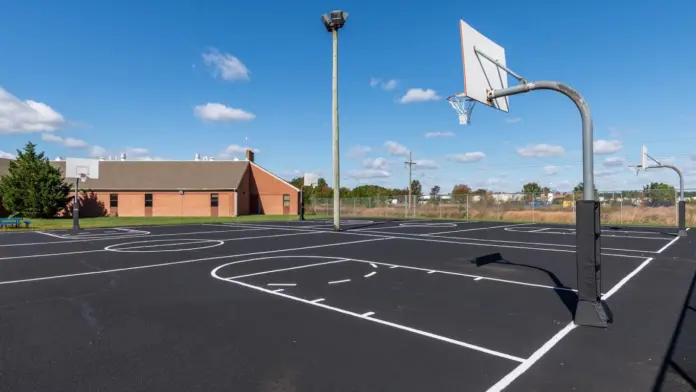

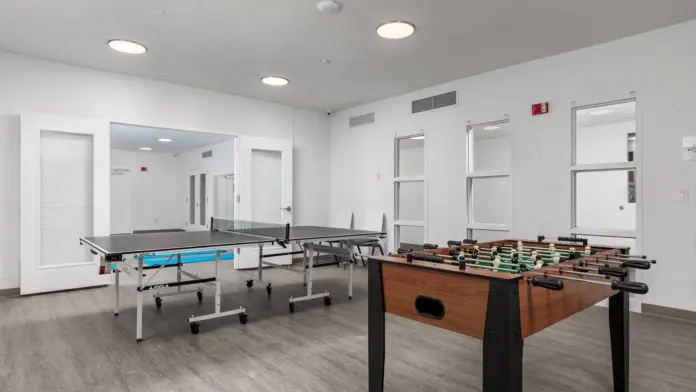
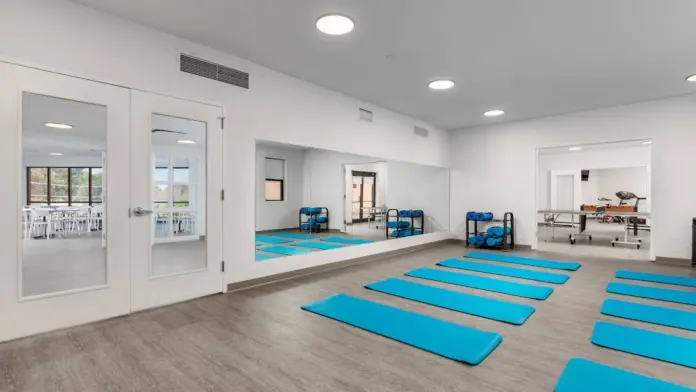
|
Never Alone – Adolescent Addiction Treatment CenterAd This is an ad and Never Alone – Adolescent Addiction Treatment Center is a paid advertiser. Paid advertisers may be listed first in search results. This ad may contain content provided by the advertiser. Rehab.com does not verify ad content or any reviews that are displayed. Learn More 20 Crofts Road
Hurley, NY 12443
| Never Alone is an alcohol and drug rehab center for adolescents located in Hurley, New York. They provide residential treatment services to help you overcome your addictions and find hope on the other side. Never Alone is an alcohol and drug rehab center for adolescents located in Hurley, New York. They provide residential treatment services to he | Treatments Programs Payment Options | View Website (888) 270-7241 | My son was inpatient at never alone for 45 days. In that time he went not only through recovery but mental health help as well. He is home and thriving. Throughout his time there he participated in individual and group therapies. His favorite part in his own words “Kim’s food is amazing”. When he came home we sought out his psychiatrist to get him back on track. They couldn’t get us in for a month and were not willing to refill his medications. I spoke with Mackenzie and her and nursing staff were able to make sure he got refills so he was not left without vital medications. I would recommend Never Alone to anyone who just doesn’t know what else to do with a child who is struggling.
Maggie Ham
3 months ago
Never Alone is truly a beacon of hope and healing in Hurley, NY. From the moment you walk through their doors, you are met with compassion, understanding, and a genuine commitment to helping individuals on their journey to recovery. The staff is not only highly professional but also deeply empathetic, creating a safe and supportive environment for their patients.
The program offers a perfect balance of structure and personalized care. Whether it’s through group therapy, one-on-one counseling, or holistic approaches, they ensure that every individual’s unique needs are met. The sense of community they foster is incredible—patients are never made to feel alone, and the encouragement from both staff and peers is truly uplifting.
What sets Never Alone apart is their unwavering dedication to long-term success. They don’t just focus on short-term recovery; they equip individuals with the tools and skills needed to build a fulfilling, sober life. The facility itself is warm and welcoming, providing a peaceful space for reflection and growth.
If you or a loved one are seeking a place that genuinely cares and goes above and beyond to support recovery, Never Alone is the place to go. They change lives, and I cannot recommend them highly enough!
Felix Almanzar
4 months ago
My 16 year old daughter was at Never Alone for over a month and did great! The entire staff from program director to chef were wonderful and made my daughter’s stay as comfortable as it could be, based on the circumstances. This was not our first stop on her journey, however this was her first rehab for drug/substance use. When asked if it was beneficial, she has not hesitated to say YES. She said that she felt she left with better tools and confidence to work her recovery.
Danielle Marchisella
4 months ago
| 
4 

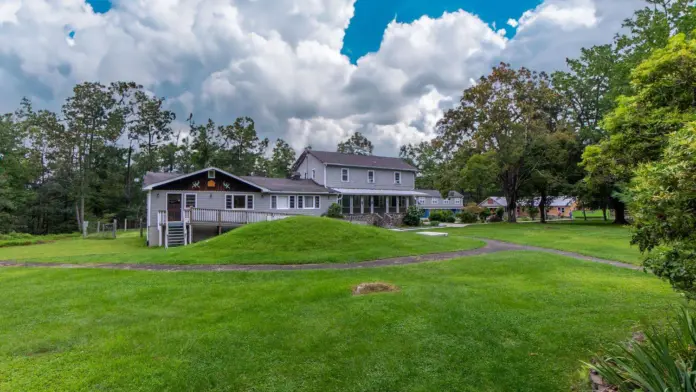
|
Avenues Recovery Center at MetairieAd This is an ad and Avenues Recovery Center at Metairie is a paid advertiser. Paid advertisers may be listed first in search results. This ad may contain content provided by the advertiser. Rehab.com does not verify ad content or any reviews that are displayed. Learn More 4933 Wabash Street
Metairie, LA 70001
| Avenues Recovery Center at Louisiana is a luxury rehab in Metairie, Louisiana. With medical detox, inpatient treatment, and sober living options, you’ll benefit from a tranquil environment to focus on recovery. They welcome adults seeking care for addiction and co occurring disorders. Avenues Recovery Center at Louisiana is a residential facility | Treatments Programs Payment Options | View Website (504) 603-3060 | I have been to several Rehab centers. This the best Rehab I have been too, the Counselors, are excellent. The Clinical Director Donna, is Great. She has a zero tolerance for Foolishness. The groups, are engaging and deal with the coor of the clients addiction.
Edward Woods
1 month ago
Attending extensive care at Avenues Metairie has been very beneficial for my recovery. I have learned so much from the groups and I feel like I’ve been challenged in positive ways that will help me stay sober and maintain a healthy lifestyle.
Jessica Sciortino
1 month ago
Counseling and group therapy are the best things about this place in my experience. The staff is friendly and supportive. If you apply yourself and are willing you will be able to learn a lot. An except first step in recovery. Nursing and mental wellness are some of the best I’ve received. Very caring and supportive. 10/10
Johnny Lab
1 month ago
| 
5 5 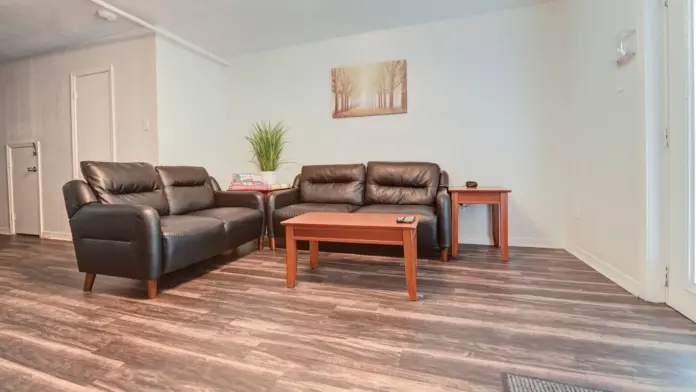
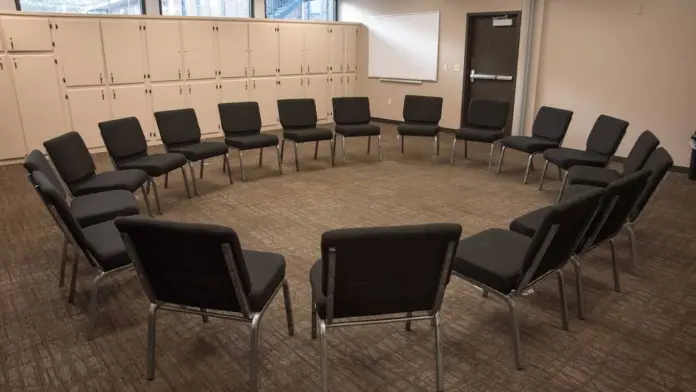

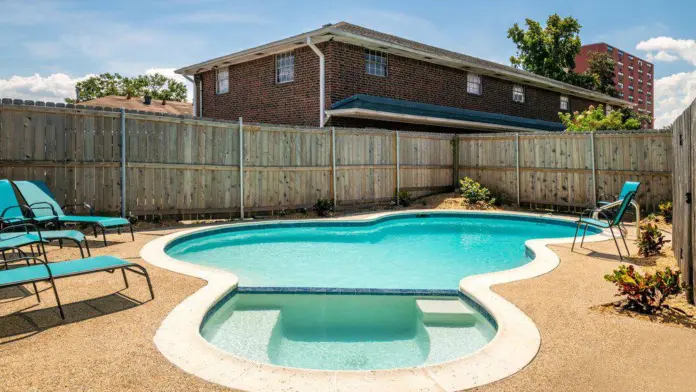
|





